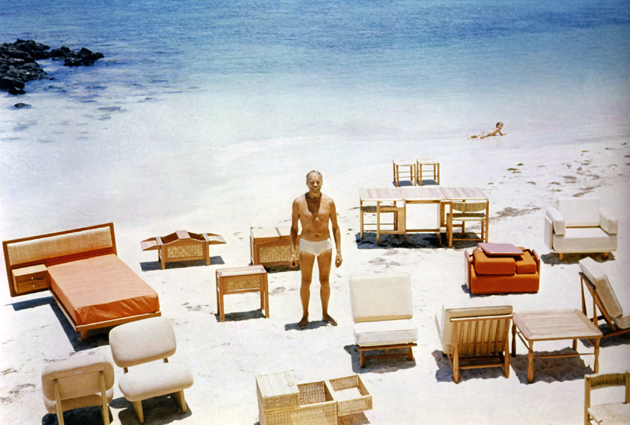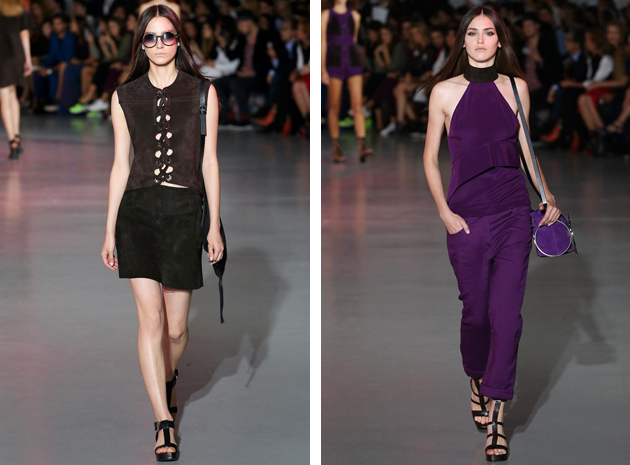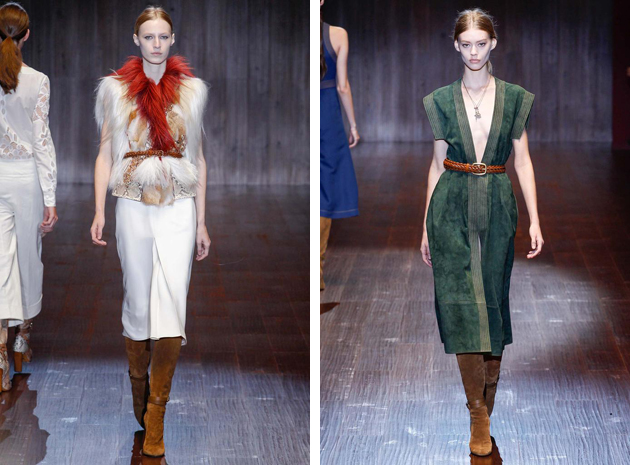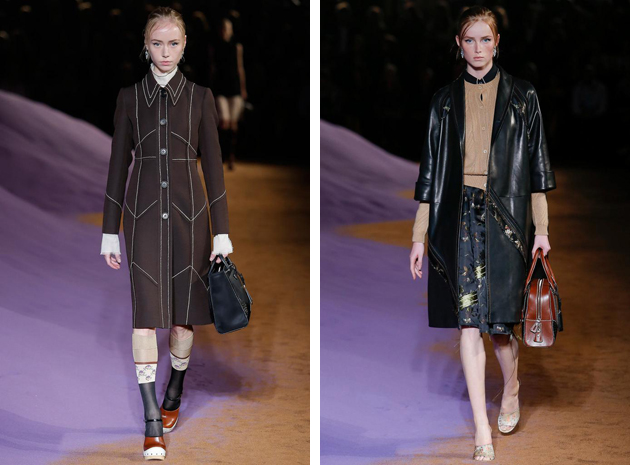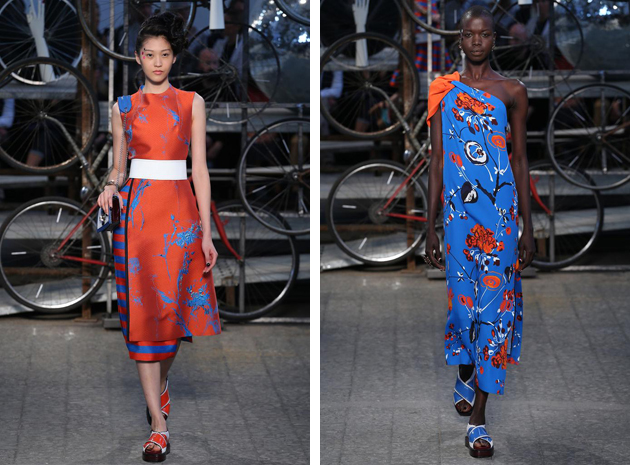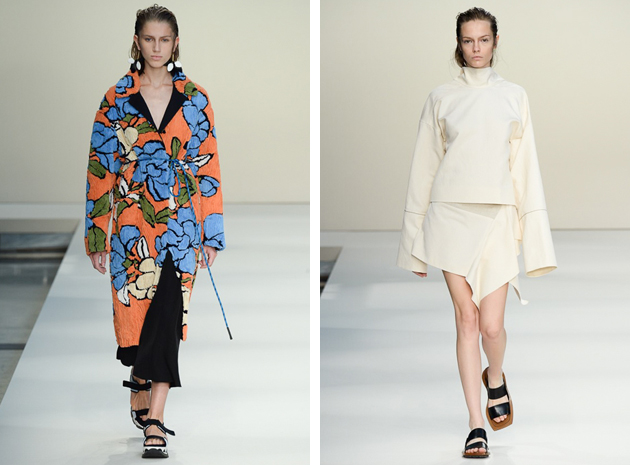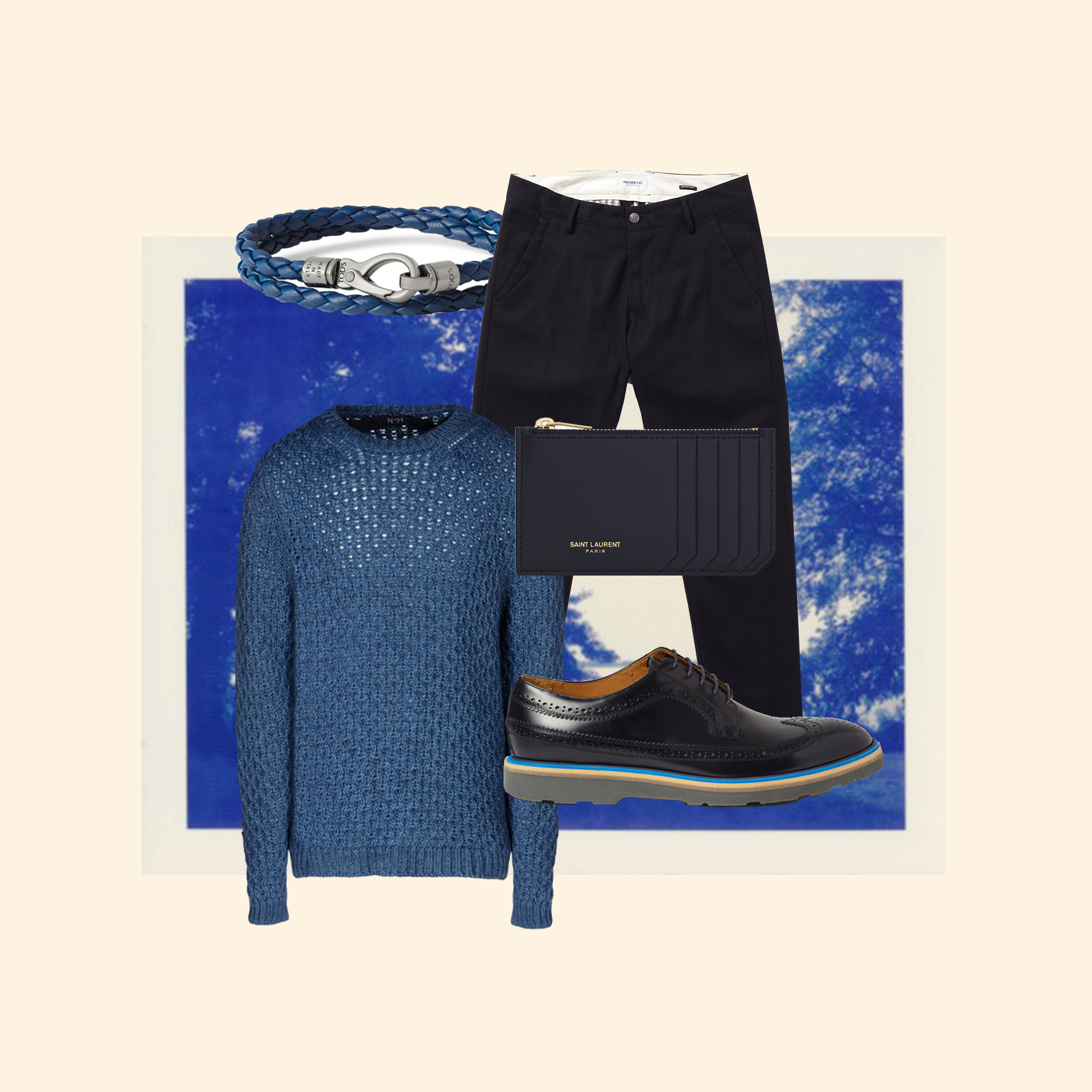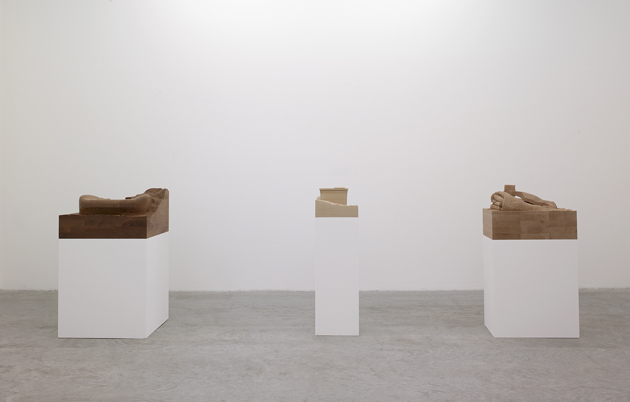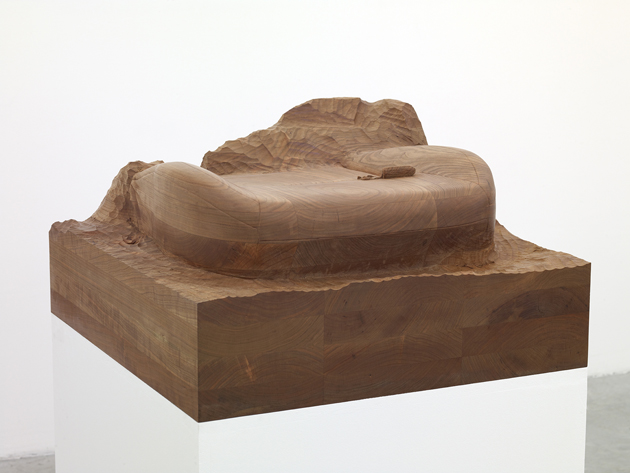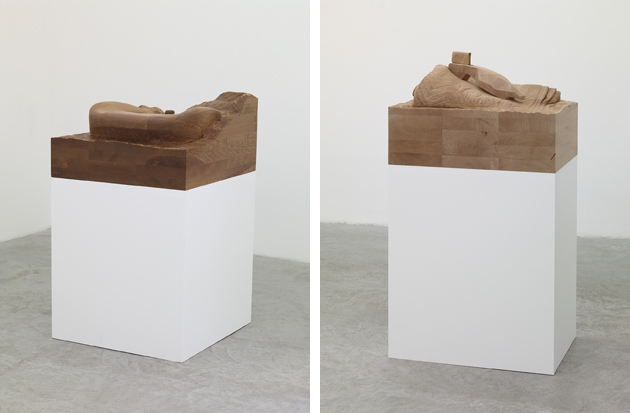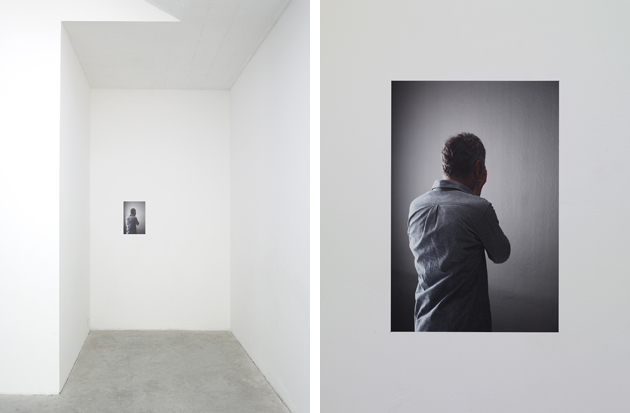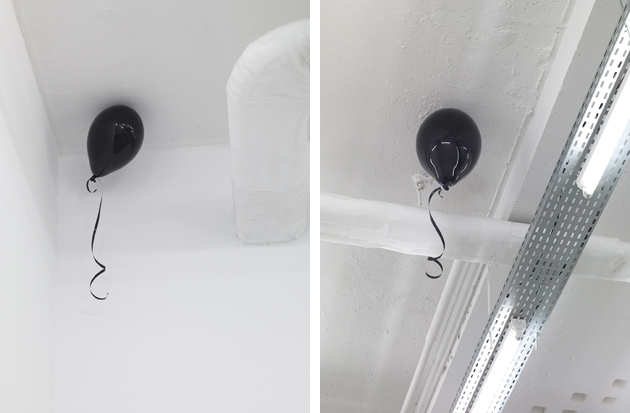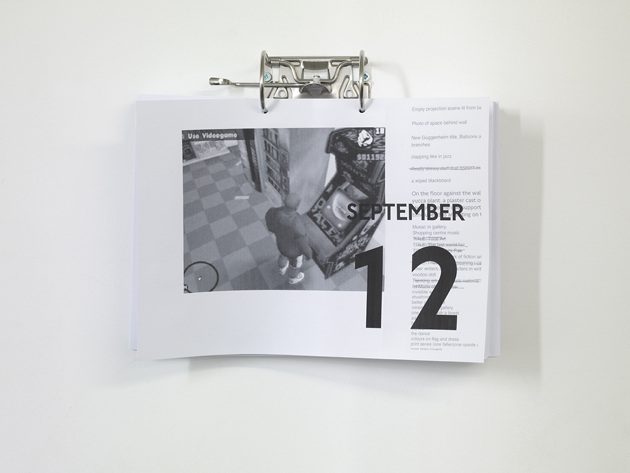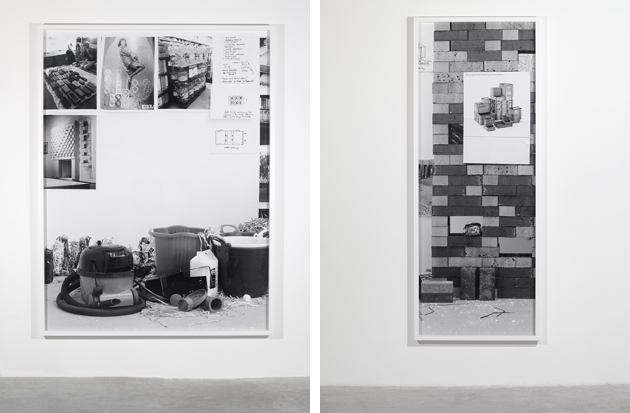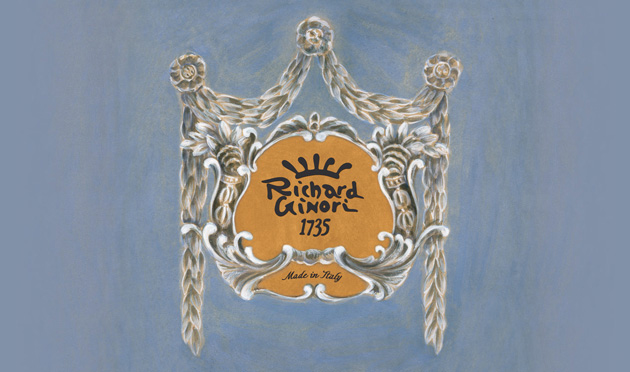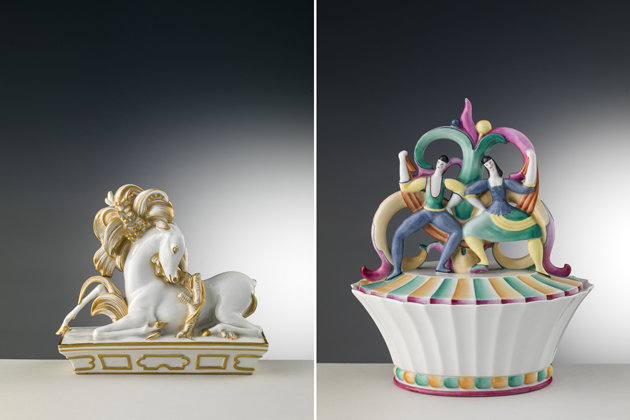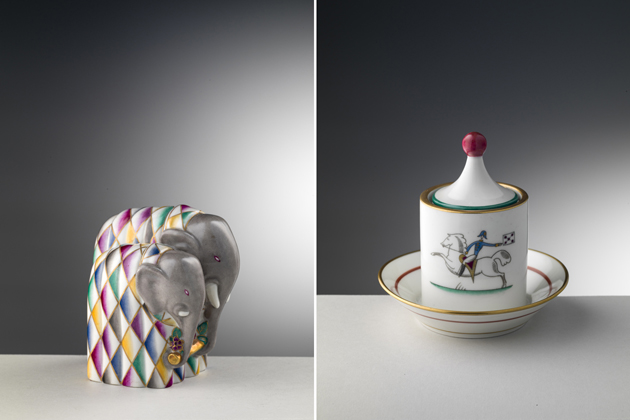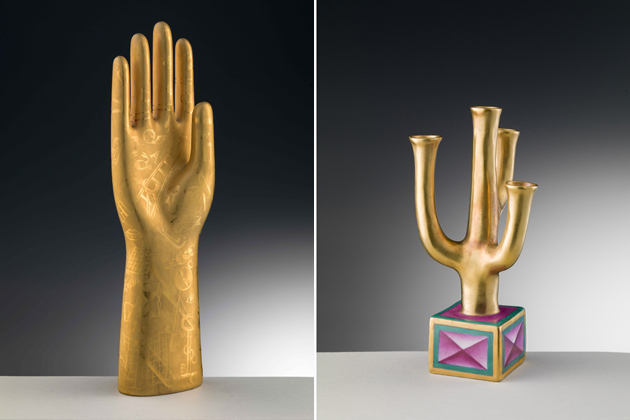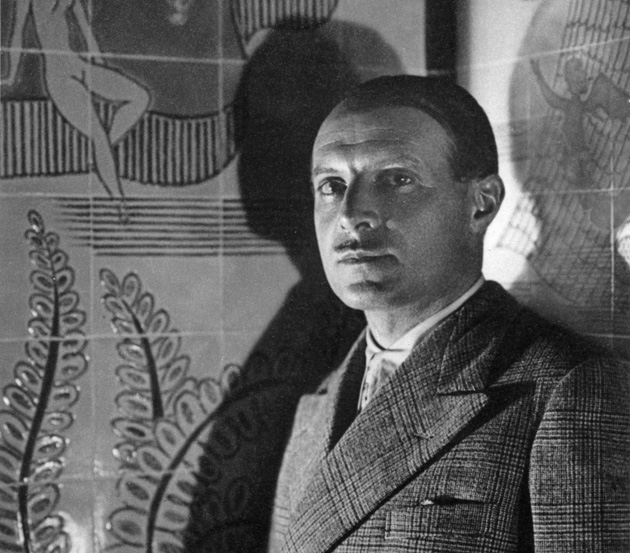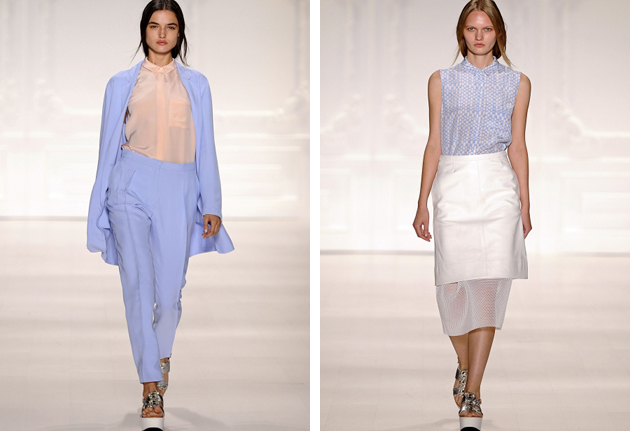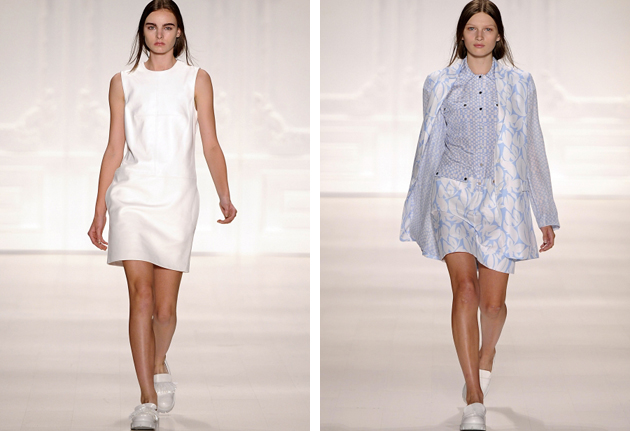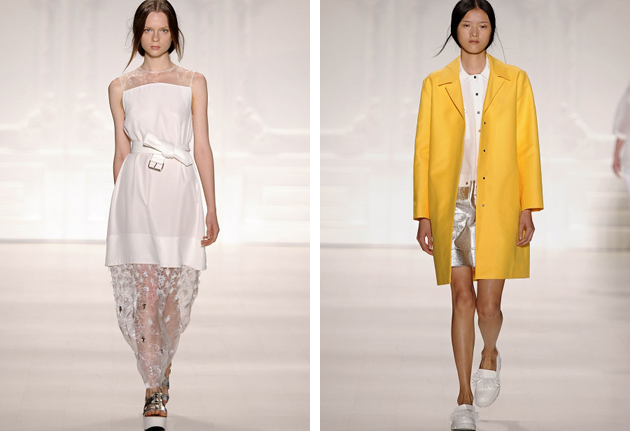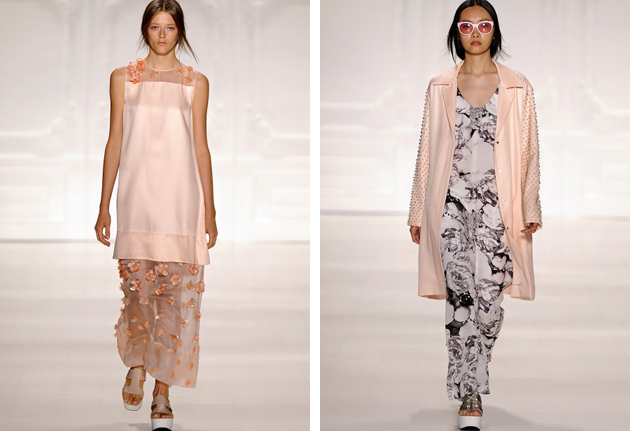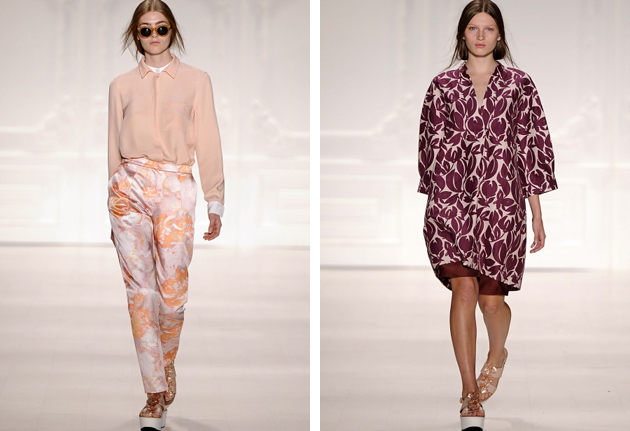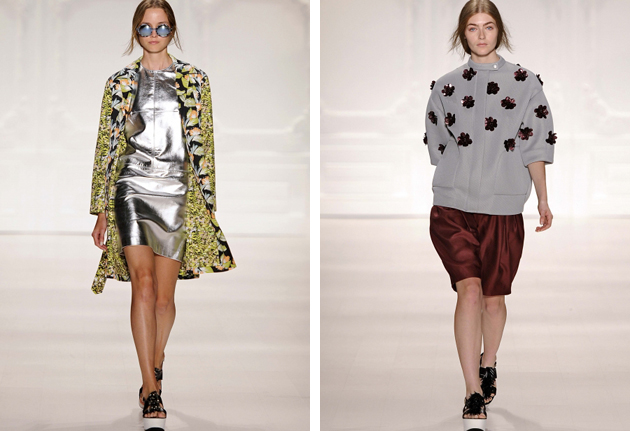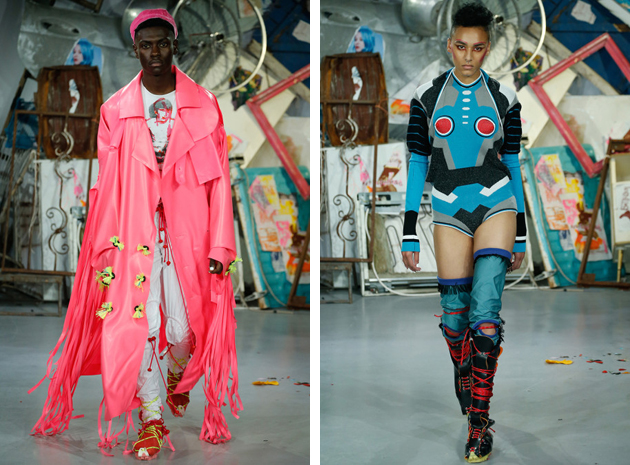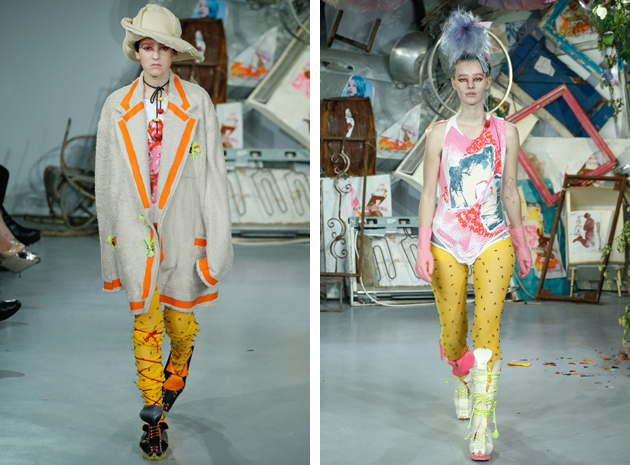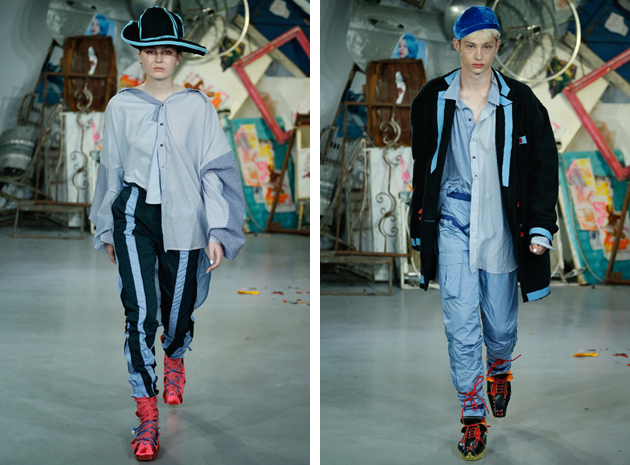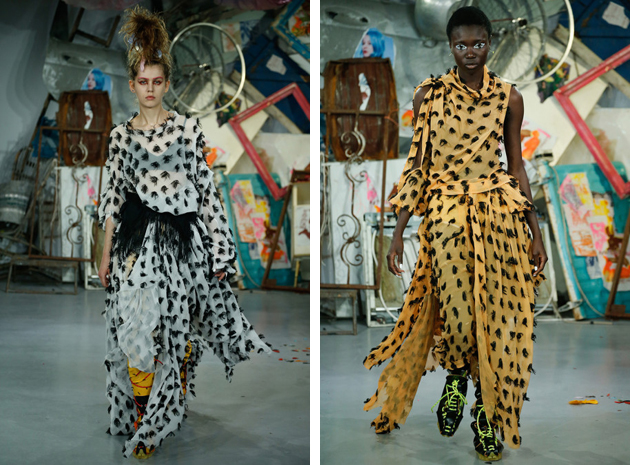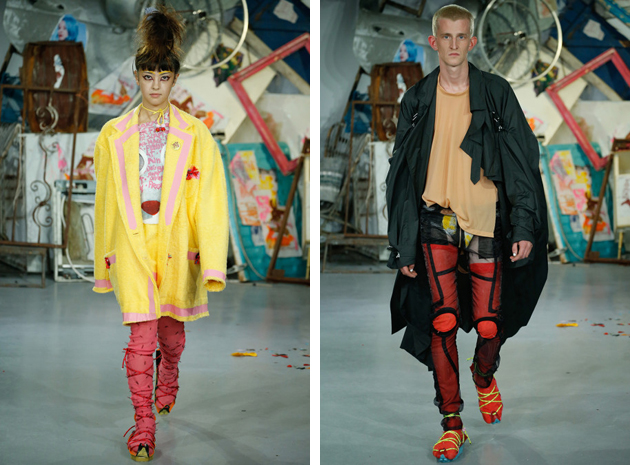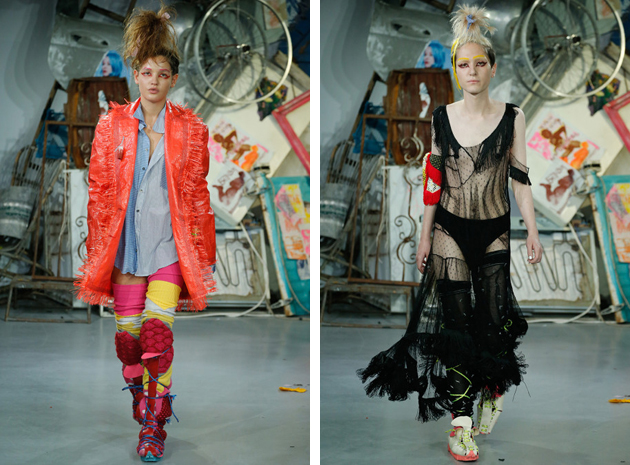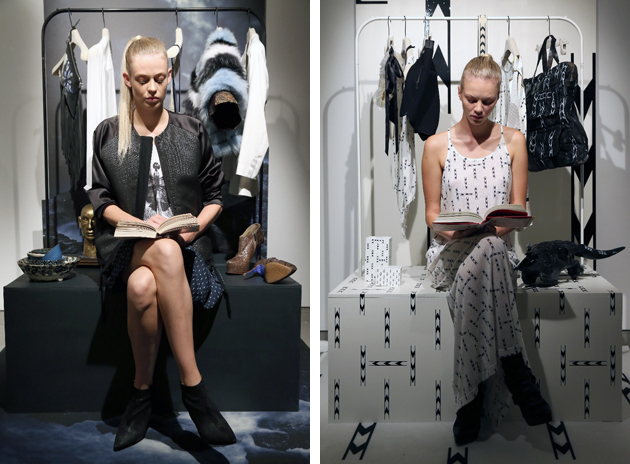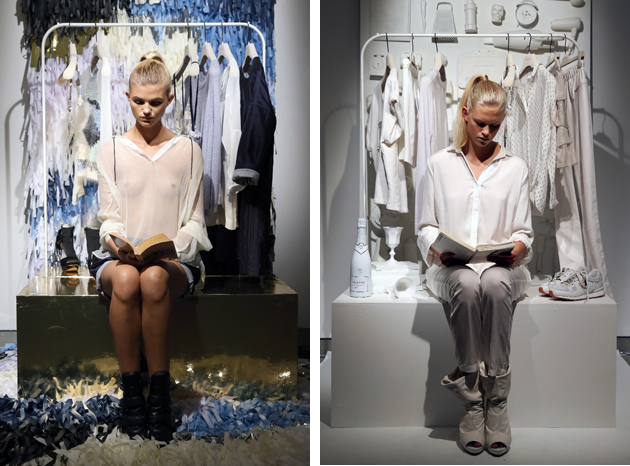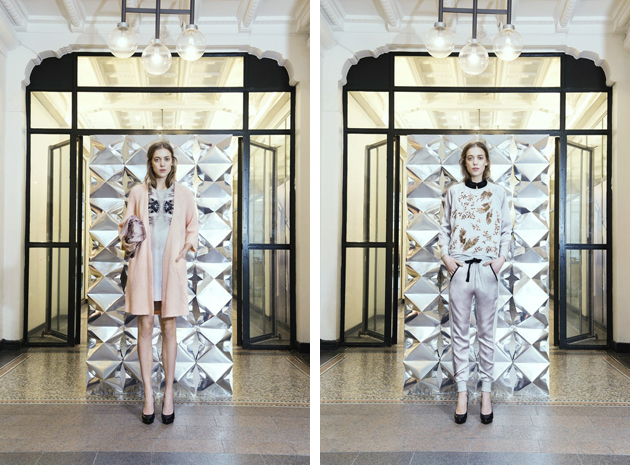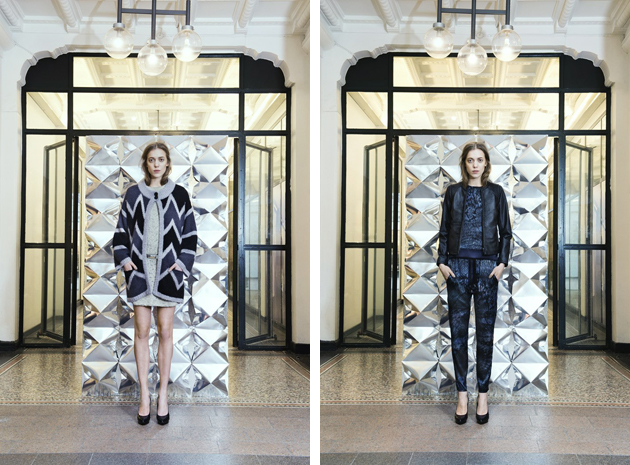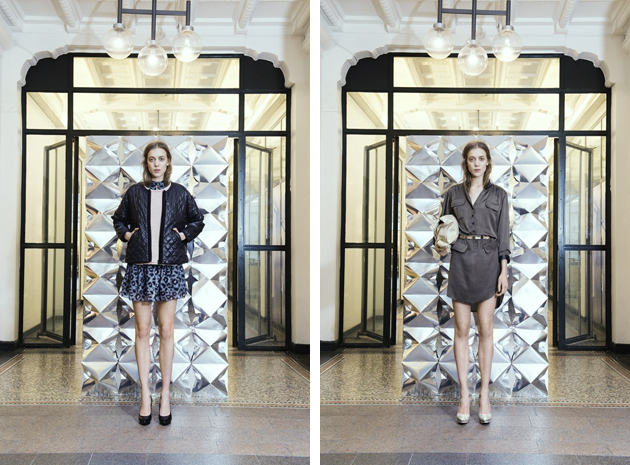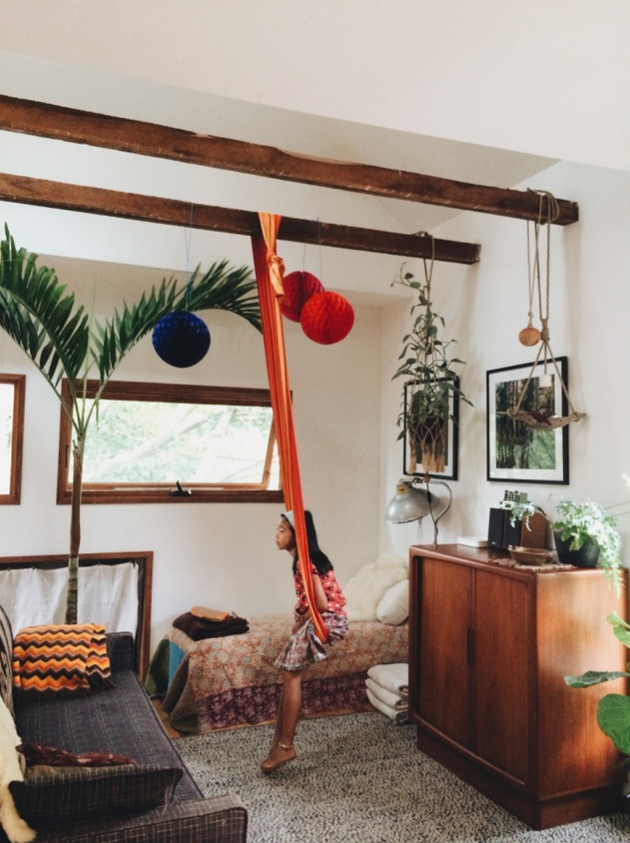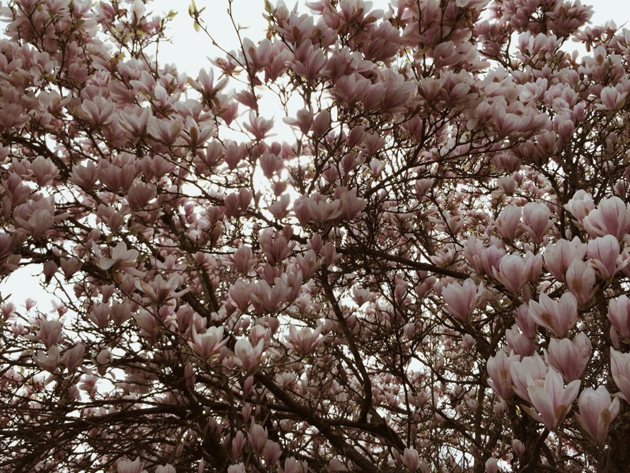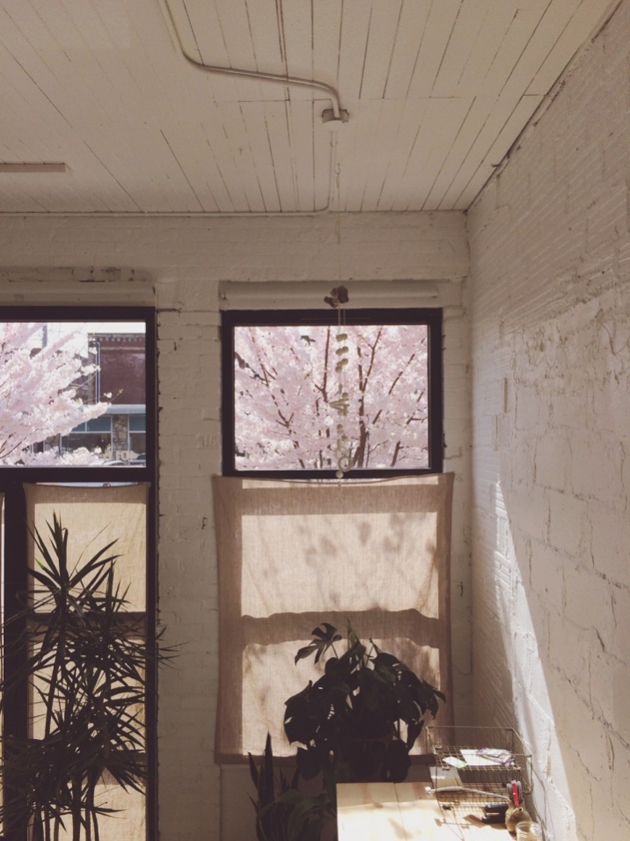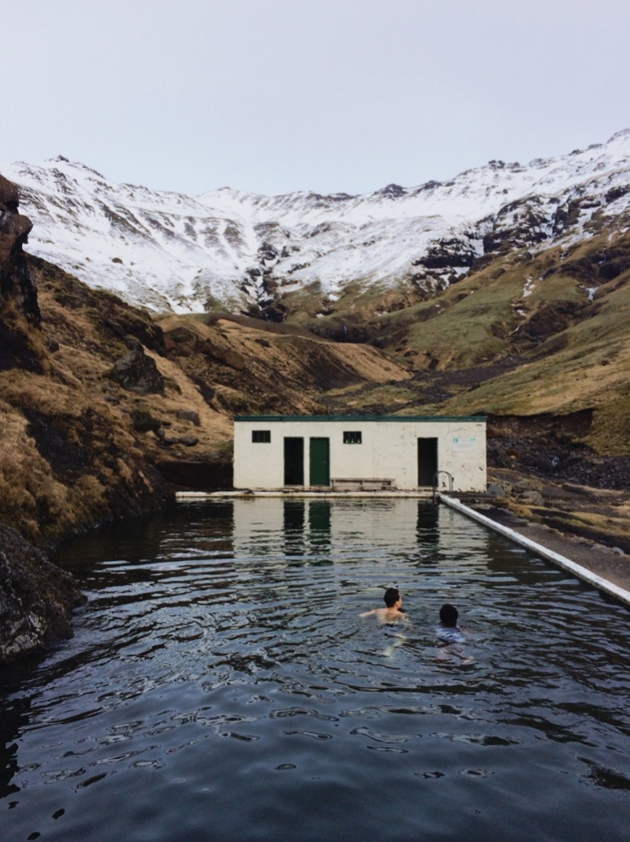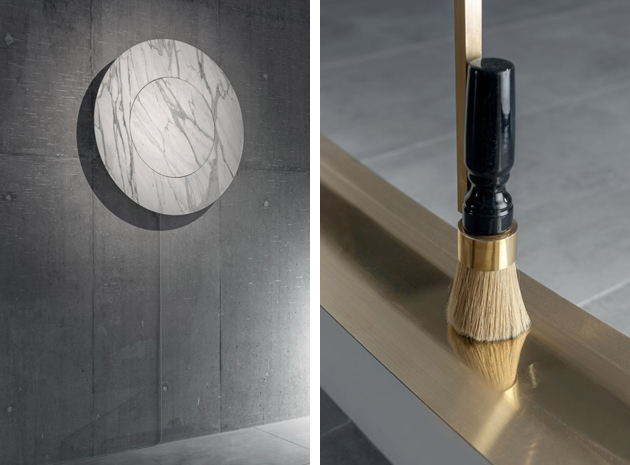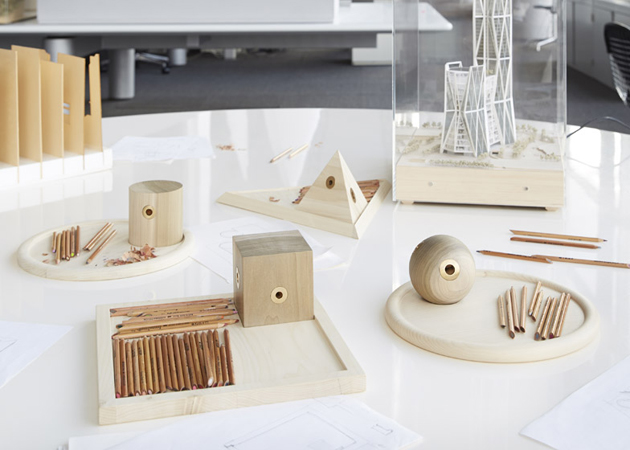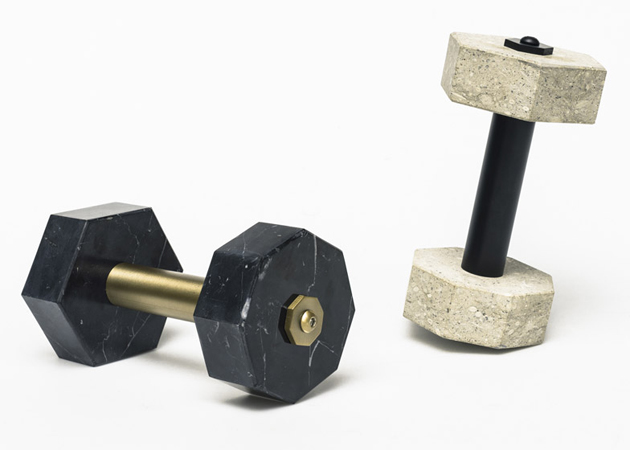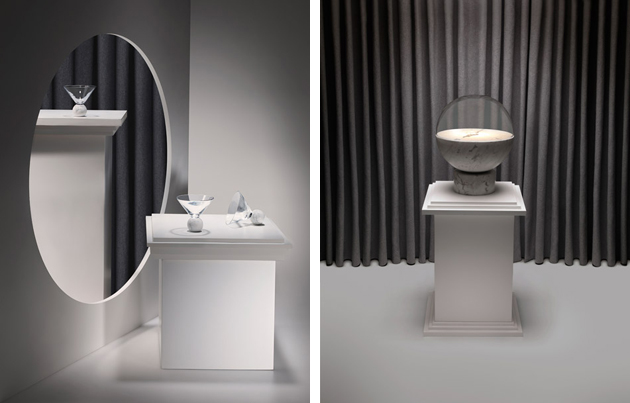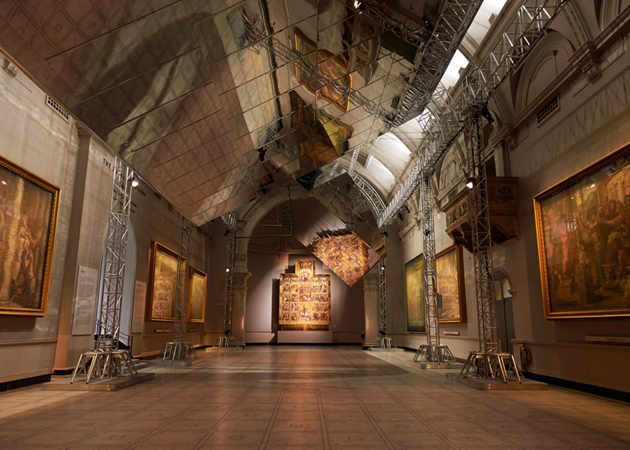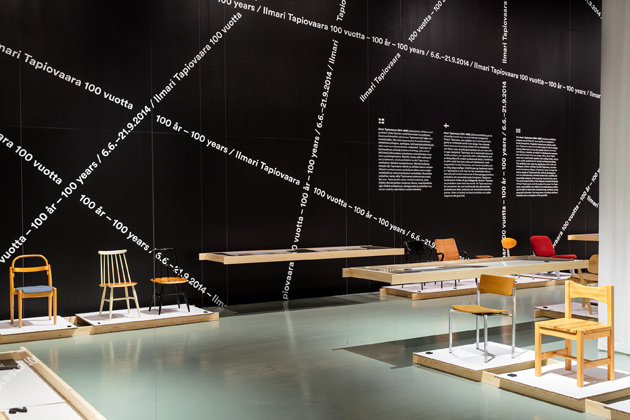
As any other attempt to classify and preserve material history, the history of design is a “way of filtering the past.” As Tibor Kalman, J. Abbott Miller and Karrie Jacobs wrote, it is “a way of selecting what’s important to remember, shaping it and classifying it. It’s also a way of selecting what’s important to forget.” Nevertheless, not always is our choice of forgetting a rightful one and, every so often, what we choose to omit unjustly passes into oblivion. This is the case of Ilmari Tapiovaara, one of the foremost protagonists of Finnish Modernism – or Functionalism, a movement strongly linked to social reform and the role of architecture and design in shaping a better environment for the working class – who sought to change the course of history with his thoughtful, eloquent and acute approach to design.
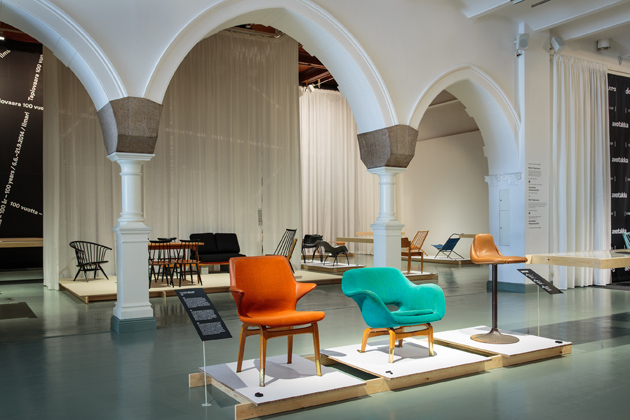
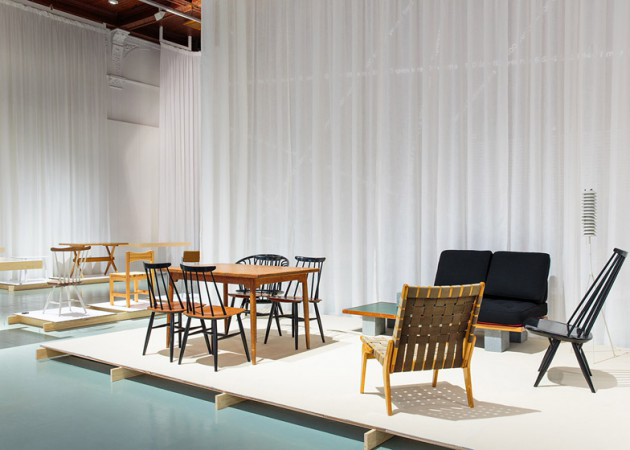
Ilmari Tapiovaara (1914-1999) has studied design at Central School of Industrial Art in Helsinki at its department of Furniture Drawing. While design studies gave form to his aesthetic references, it was the period spent abroad, working in the UK and in France, as apprentice with Le Corbusier, as well as on the eastern front during the war years, that shaped Tapiovaara’s ideological credo and a totalitarian approach to design process. In fact, in the following years, Tapiovaara’s most significant projects would come to light not while working as an in house designer for Finland’s biggest producer of furniture, Asko-Avonius, but rather, while working as both the artistic and business director of Keravan Puuteollisuus Ltd., a small carpentry firm operating near Helsinki.
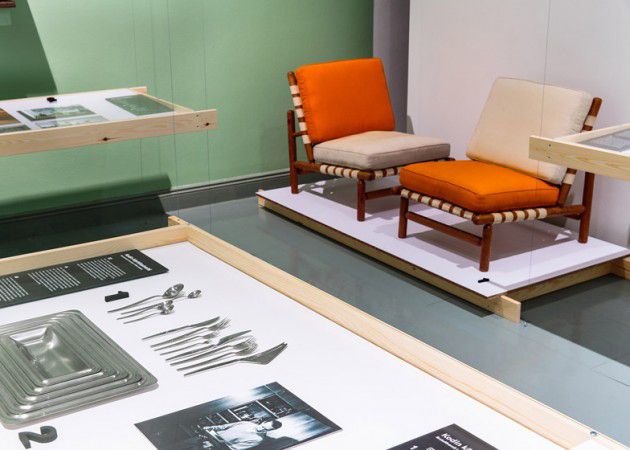

At Keravan Puuteollisuus, Tapiovaara was in charge of the whole chain of production – from design through production, marketing, packaging, graphic material, shipment, and finally, to export markets abroad. This holistic approach to design brought about some of his most iconic products: the Domus chair (from 1946-47), the Nana chair (1957), the Aslak chair (1958), or the Lukki chair (1956). Firmly grounded in the possibilities offered by Finland’s natural resources, Tapiovaara’s designs were mostly made of solid wood, plywood and metal. His designs were simple, clean, modular, resistant and affordable, and as such were extensively used in public spaces – auditoriums, student halls, dining halls, hospitals – fulfilling his ideal of creating objects that “can be produced in quantity, at low price and in high quality” as “everyone should be entitled to good, functional and moderately priced furniture.”
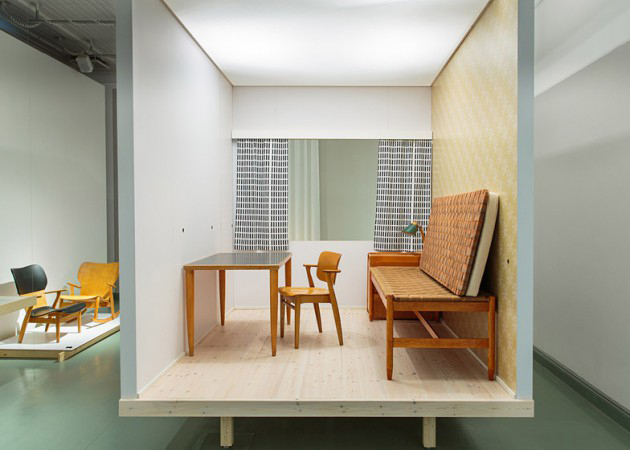
Despite its fundamental humane character, an attitude of social responsibility and formal innovation, the work of Ilmari Tapiovaara has until recently been largely overlooked. Partly because it was overshadowed by his contemporaries, namely Aalvar Alto, Charles Eames, Eero Saarinen, Hans Wegner or Tapio Wirkkala; partly because it was, perhaps, to rigorous, utilitarian and tied to everyday public life (in fact, many of his designs have never entered the private sphere) to be considered a rightful product of ‘design’. Fortunately, the history of design is young enough to change its course and rewrite those bits and pieces that have been lost. As is the case of Ilmari Tapiovaara, whose life and work was celebrated in an exhibition at Design Museum in Helsinki, that closed its doors on the 21st of September, leaving open a path to discovery of one of the richest bits of design history.
